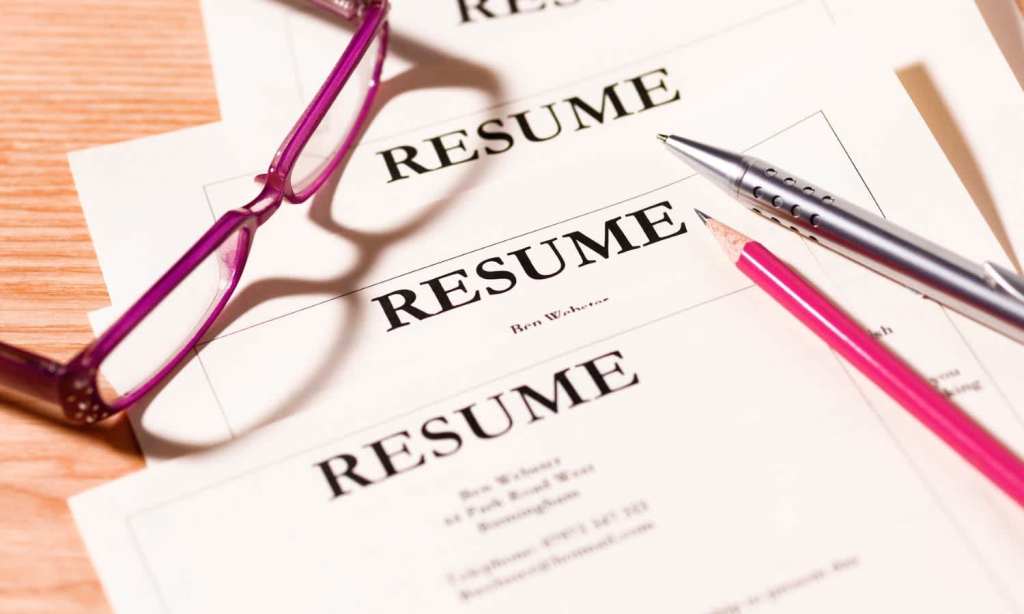Your resume, or curriculum vitae (CV), as some people call it, is your introduction to a potential employer. It’s a snapshot of your skills, experience, qualifications and achievements that a recruiter or manager will review and without meeting you, determine your suitability for the job. Essentially, your resume is your professional world on paper.
Despite their crucial role in getting you, well, a role, resumes are still often not given the attention they deserve. They’re simply updated with your last role, and then attached to countless e-mail applications, not given a second thought, which, according to career coach Amanda Rose, is far from ideal.
“Using the same resume for every single job and using a ‘one size fits all approach’ is the biggest mistake I see time and time again,” Rose says. “So many people go with a blanket approach to their job application process and they wonder why they’re not getting interviews.”
Rose says that while she understands tweaking your resume for specific roles, not to mention the overall process of applying for jobs, can be time-consuming, consider that one application could be worth $85,000 a year to you.
“Think about that when you’re next applying for a job and determining the level of effort you’re putting in,” she says. “Putting in effort will be noticed and will put you at the top of the pile.”
Ahead are five other tips Rose suggests following to cut through the recruitment noise.
Put in the Effort
“Get into the routine of putting in effort. I can’t stress this enough. No amount of getting a professional resume done or putting all your efforts into your resume looking aesthetically pleasing will cut through the noise if you’re using a ‘one size fits all’ approach to your job applications and not tailoring each resume.
“If the job ad doesn’t include a detailed job description, don’t be afraid to contact the company by phone or e-mail to ask for more information about the role. The reason being is you need to know what you’re applying for and what you need to highlight in your application. A lot of job ads can be quite vague which doesn’t help the applicant in tailoring an application.”
Don’t Be Afraid to Add Personality
“Show your personality where you can. Put yourself in the reader’s shoes, if they’re reading resume after resume, one that is going to cut through the noise is one that has some personality to it.”
Strike a Balance of Overview and Detail
“Not getting the balance right between being too broad or too specific is another common mistake I see. The person reading your resume isn’t a mind reader, but at the same time, they don’t need to know every little detail about your working history.
“Your resume needs to include succinct information about your skills, experience and achievements that will demonstrate that you are a good candidate for the job ad and doesn’t leave the reader having to read between the lines.”
Be Succinct
“Don’t waffle. The recruiter has possibly another hundred resumes and they don’t have time to be reading pages and pages.
“Give examples with statistics such as a 20% improvement or examples of how you and your team have implemented something successful. As well as detailing what each of your past roles encompassed, you also need to highlight your achievements in each of these roles. What you’ve achieved in each of your roles is an important part of your resume and where a lot of your effort needs to be placed.”
Spell Check
“Last but not least, spell check! You wouldn’t think I need to say this, but I see so many resumes that haven’t been proofread. A resume can be one of those documents where after you’ve read it a few times yourself you stop seeing what’s on the actual page and you only see what you think is on the page.
“Have a friend or family member proofread your resume before submitting — remember the amount of money that one application could be worth to you.”
Read more stories from The Latch and subscribe to our email newsletter.







